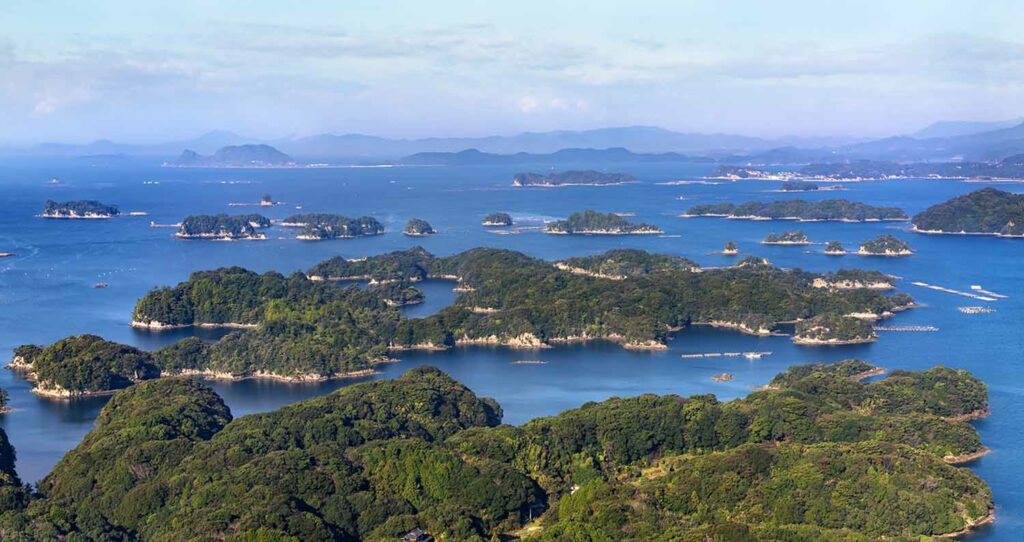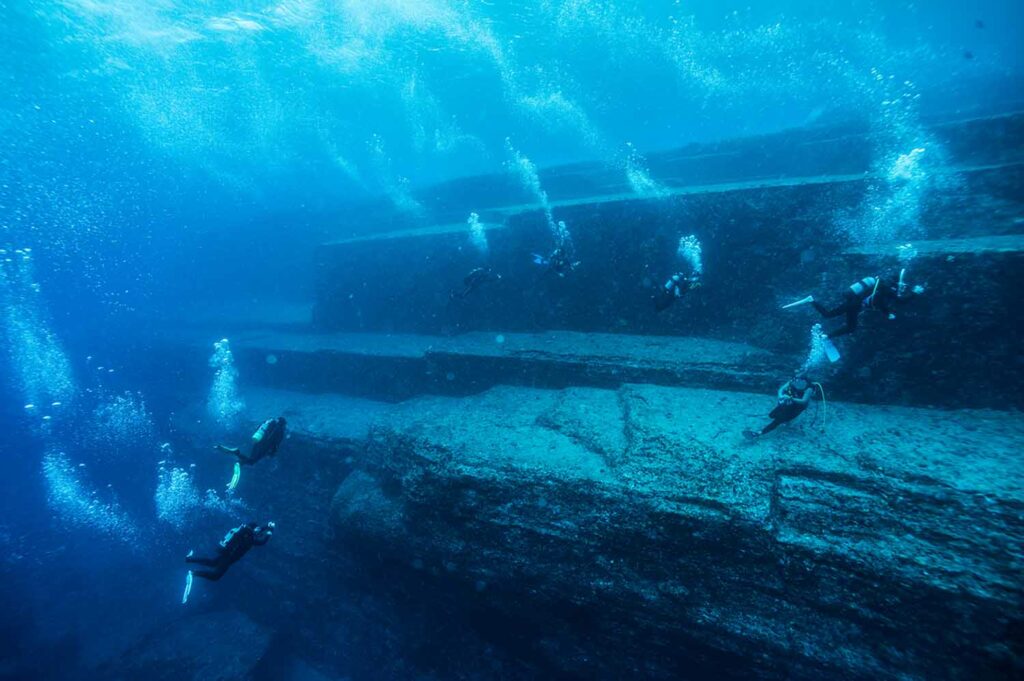Recreating an Ancient Voyage
Scientists recreated a sea voyage to see how ancient people made their way from Taiwan to a Japanese island.
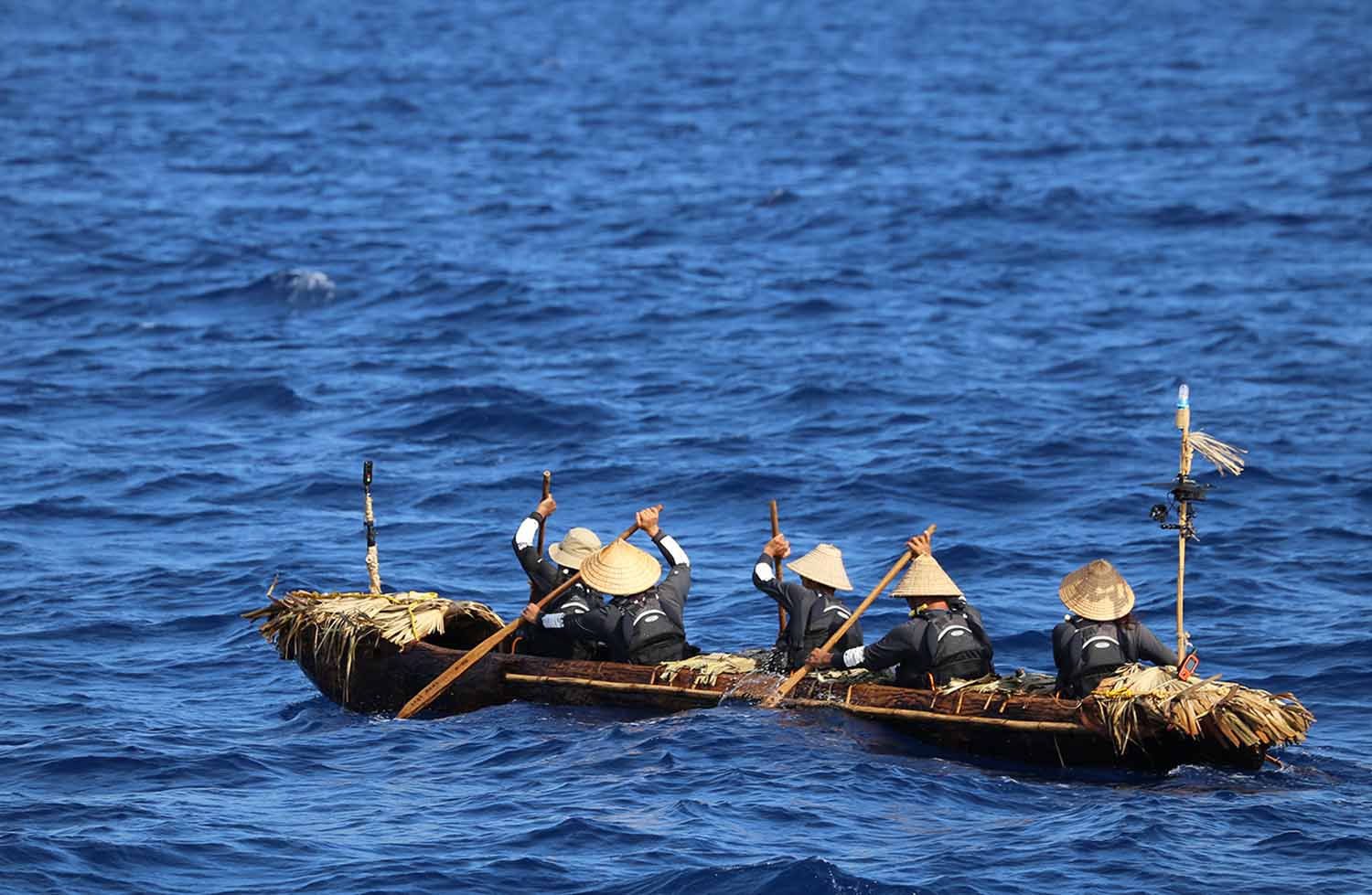
Courtesy of © Yousuke Kaifu/The University Museum, The University of Tokyo
A team of scientists from the University of Tokyo paddle from Taiwan to Japan’s Yonaguni Island in a canoe they built.
Imagine going on a long sea voyage with no modern navigational tools. About 30,000 years ago, a group of people traveled on rough seas from Taiwan to an island in Japan with no instruments, landmarks, or maps to guide them. To find out how they did it, scientists decided to re-create the journey.
When a team of researchers from Japan and Taiwan set out to determine how ancient people traveled 140 miles (225 kilometers) from Taiwan to the southern Japanese island of Yonaguni, they knew two things: First, the settlers must have traveled by sea, as there was no other way to reach an island. Second, they would have had to battle the area’s powerful Kuroshio current, which is notoriously difficult.
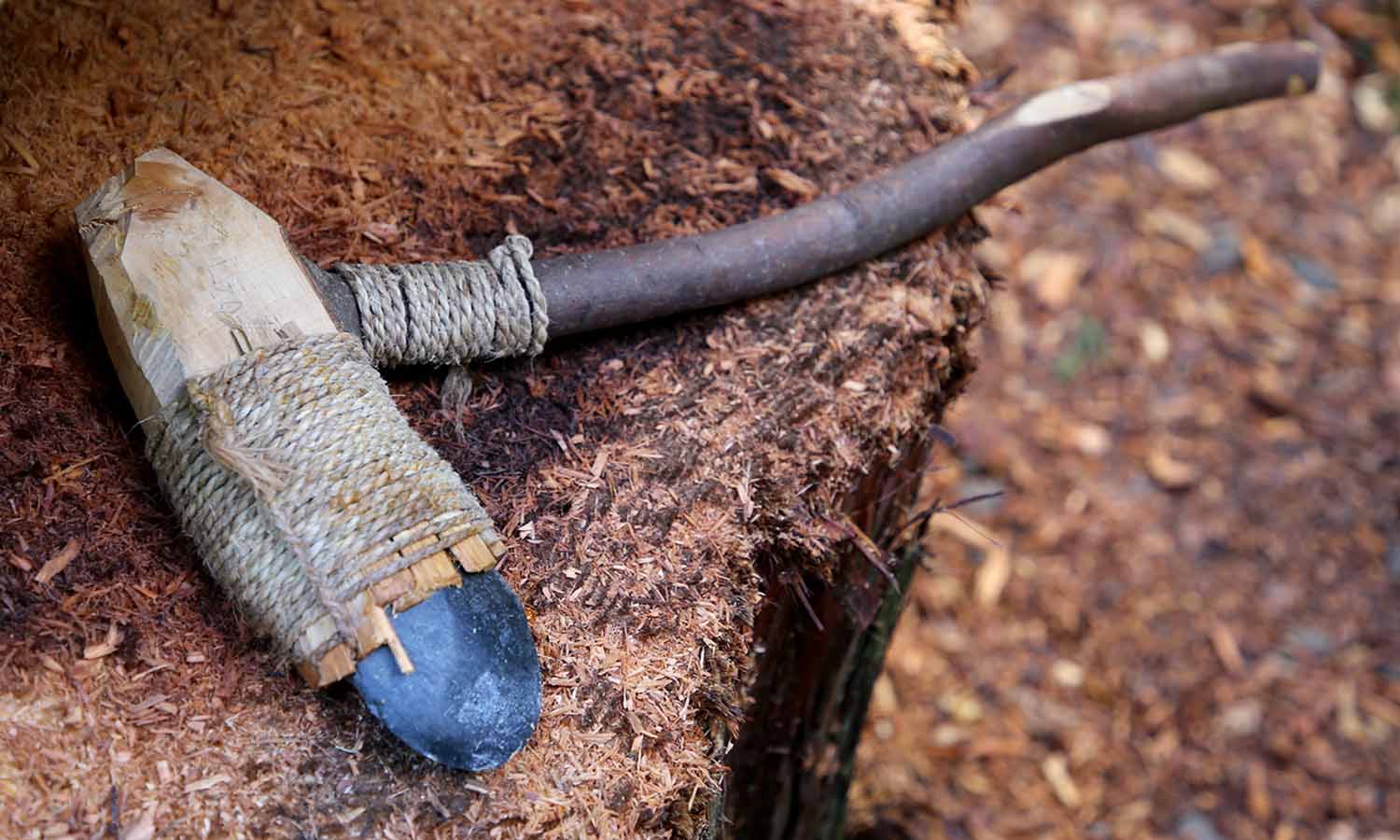
Courtesy of © Yousuke Kaifu/The University Museum, The University of Tokyo
Scientists recreated an ancient stone axe with a wood handle to chop down a Japanese cedar tree that they used to build a canoe.
The researchers knew that rafts wouldn’t be strong enough to survive the Kuroshio current and that sails weren’t invented until about 5,000 years ago. They concluded that the ancient people most likely made dugout canoes out of tree trunks. So the researchers made their own tree trunk canoe using only the types of stone tools that the ancient people would have had.
The vessel wasn’t the only important part of the journey. In ancient times, every decision would have been important, including when and how the settlers traveled.
“We tested various seasons, starting points and paddling methods under both modern and prehistoric conditions,” researcher Yousuke Kaifu told the New York Times.
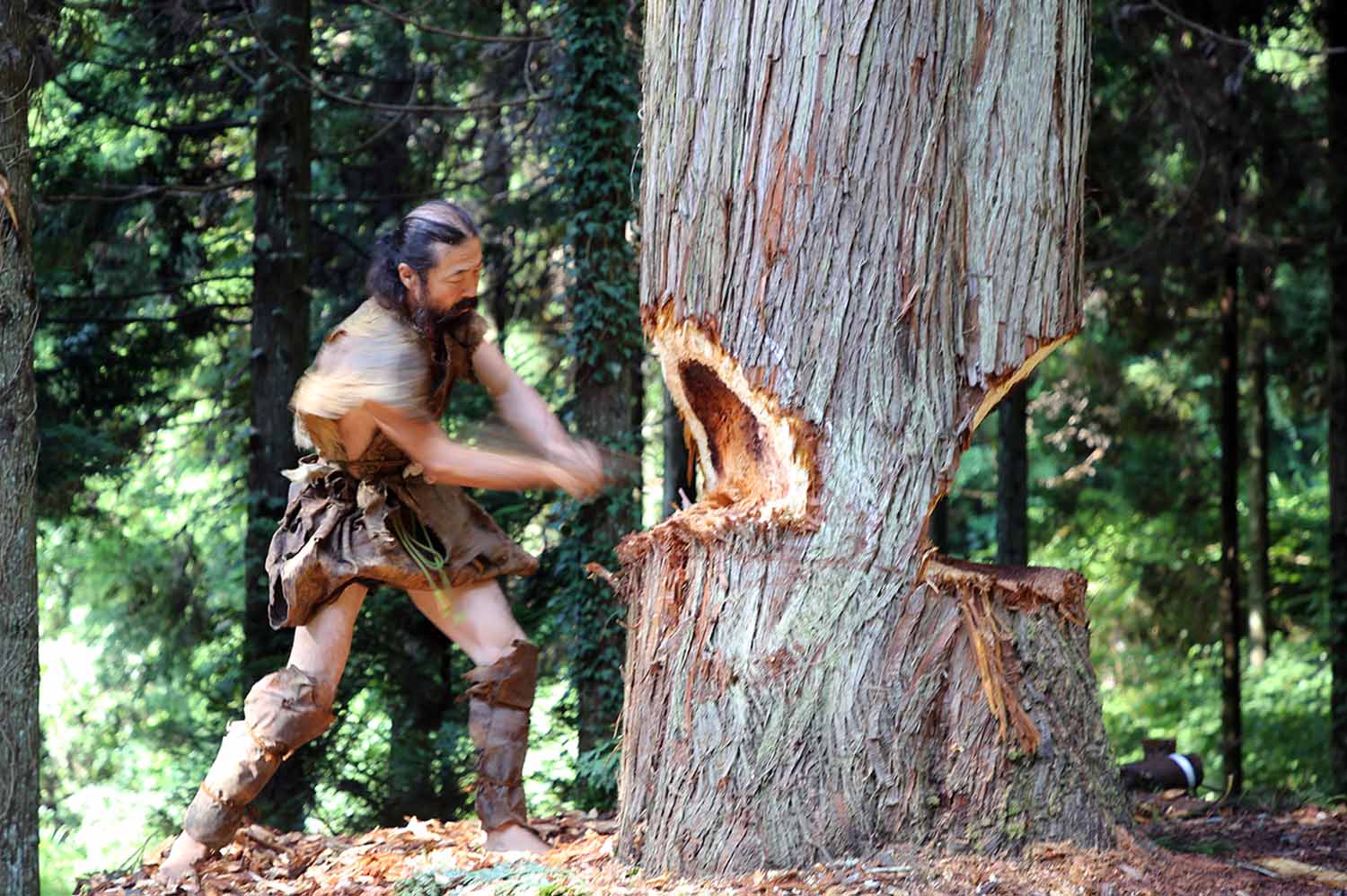
Courtesy of © Yousuke Kaifu/The University Museum, The University of Tokyo
Scientists used copies of ancient tools to chop down a tree and then used the wood to build a canoe.
In July 2019, a crew of four men and one woman, all skilled canoe paddlers, set out from eastern Taiwan in the wooden canoe. The canoeists used only the Sun, stars, and tides to navigate to Yonaguni. (A modern boat traveled nearby to supply food and in case of emergency.) From hour 2 to hour 17 of the journey, the current became so rough that the crew had to make sure the wave water didn’t get into the canoe. After about 45 hours at sea, they arrived at Yonaguni. The researchers concluded that it wouldn’t have been possible for the ancient paddlers to travel back the way they came. The current would have been too rough.
The journey revealed that the people who landed at Yonaguni were skilled boat builders, paddlers, and navigators.
“This type of sea travel was possible only for experienced paddlers with advanced navigational skills,” the researchers later wrote.
